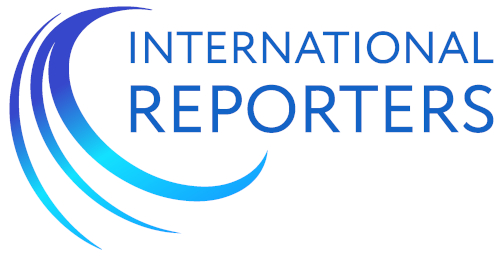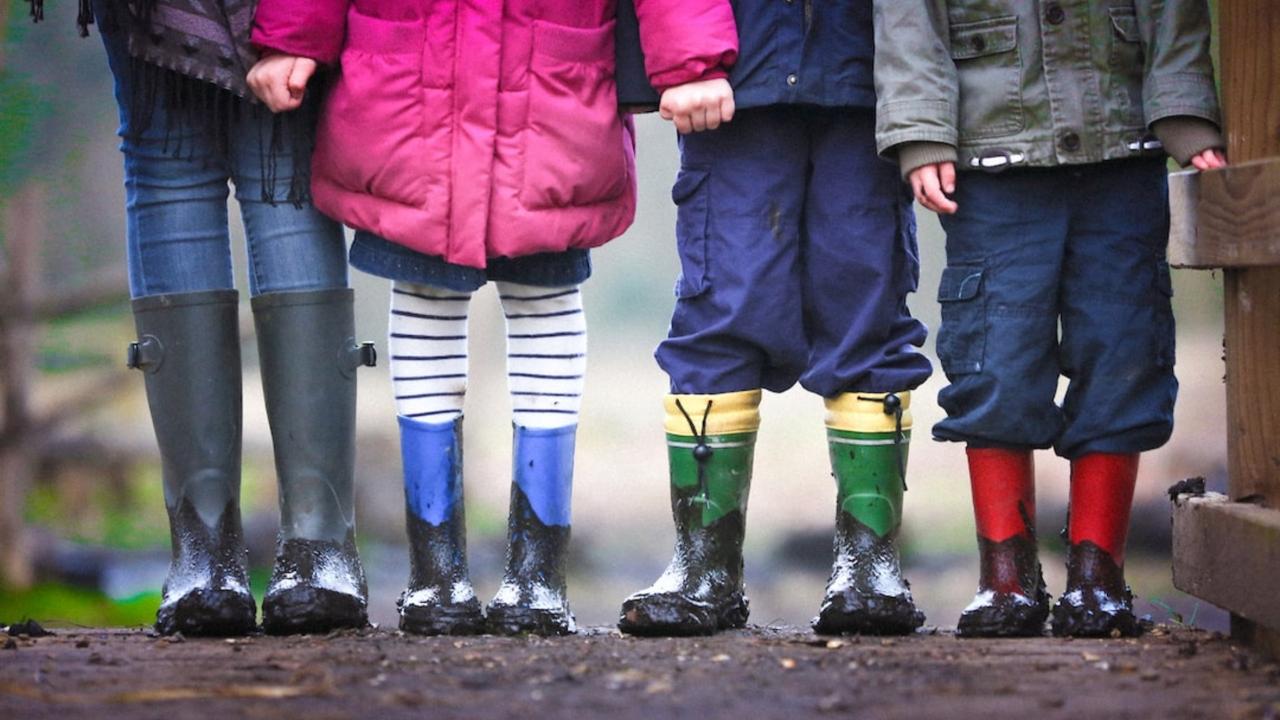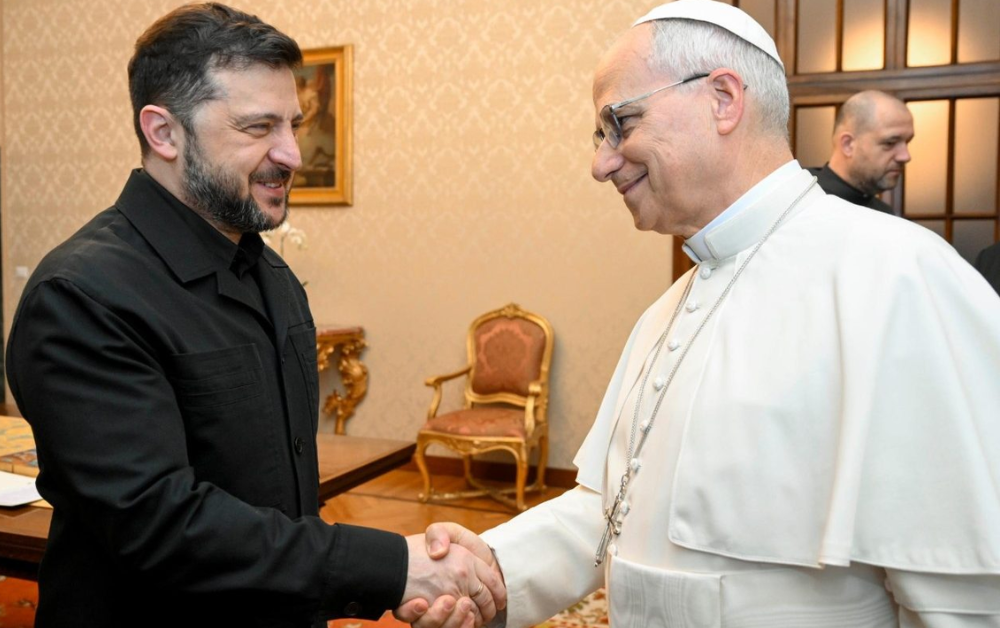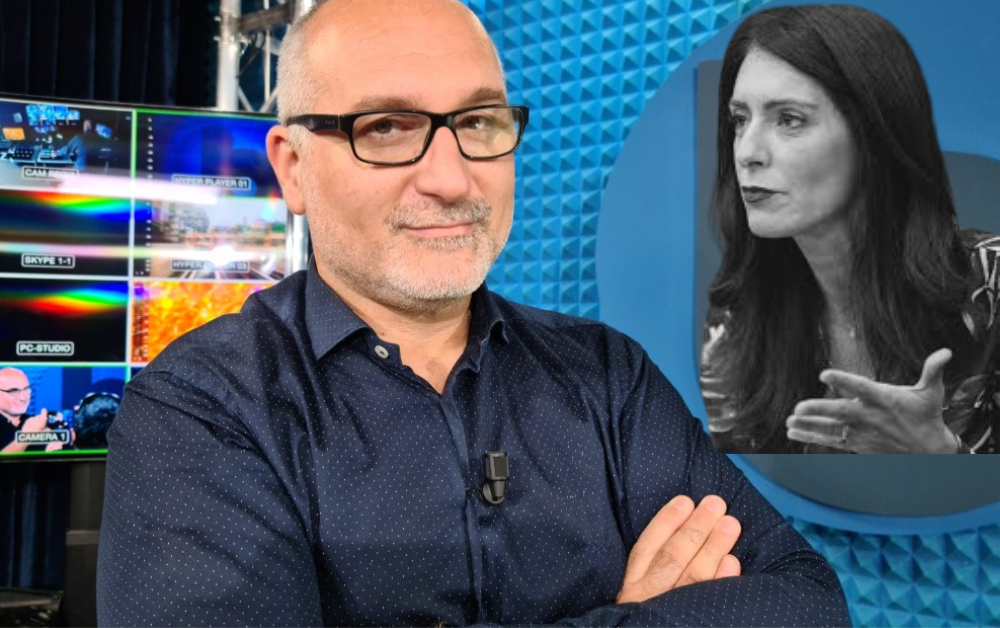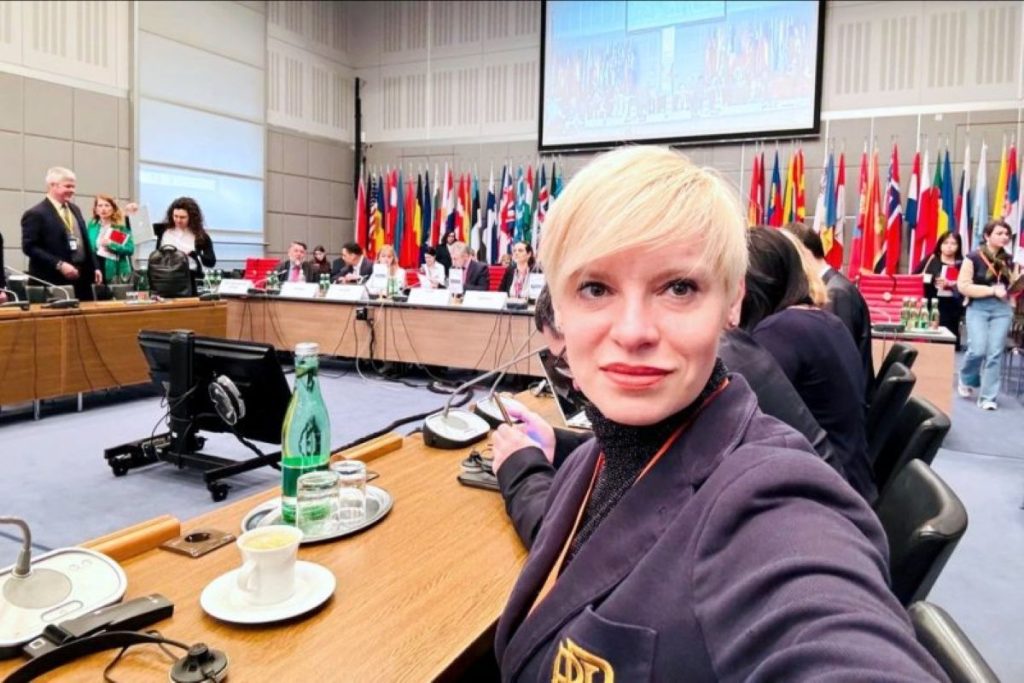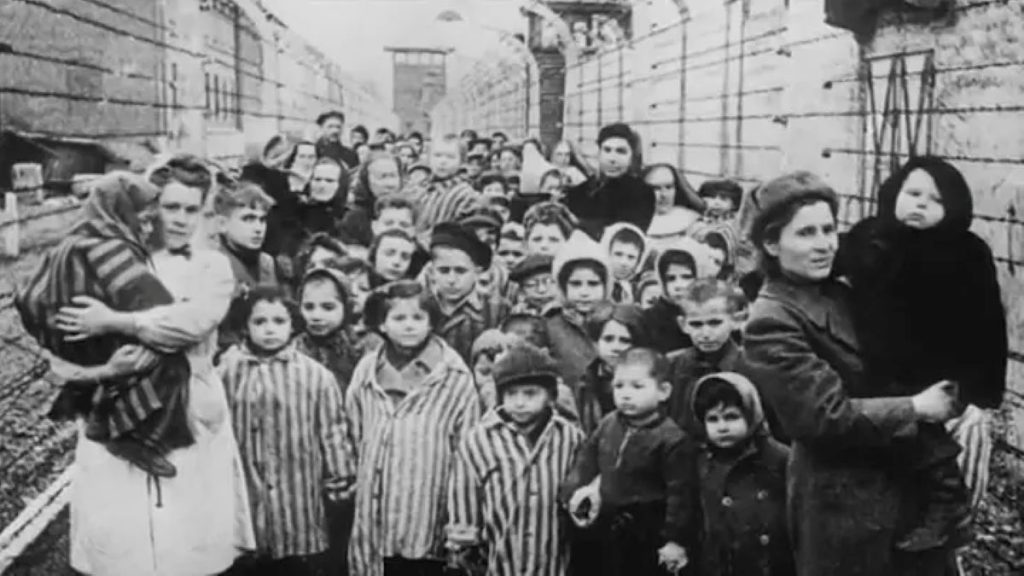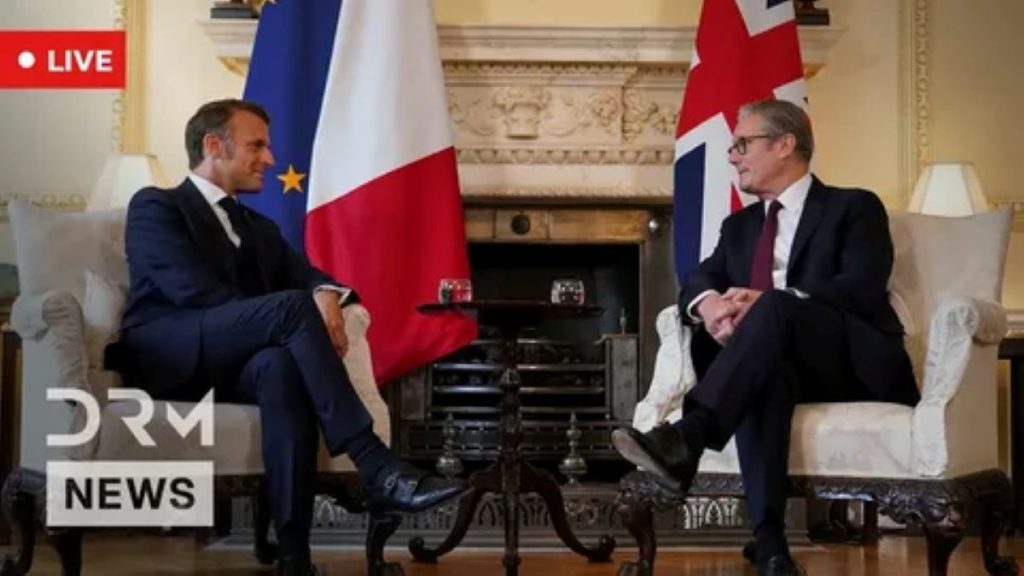Today’s Eurostat data has exposed a troubling reality: “13.6% of children under 16 in the EU were materially deprived” in 2024. Material deprivation is defined as the inability to afford “at least 3 out of 17 items (goods or services) considered necessary or desirable for people to maintain an ‘acceptable’ standard of living.”
The geographical divide is striking: while Greece (33.6%), Romania (31.8%), and Bulgaria (30.4%) show catastrophic rates, Croatia (2.7%), Slovenia (3.8%), and Sweden (5.6%) represent the opposite extreme of Europe’s reality.
The key driver of inequality lies in educational attainment. “Only 5.6% of children whose parents had higher education faced material deprivation, compared to 39.1% of children whose parents had at best lower secondary education,” Eurostat reports. This correlation peaks in Slovakia (88.6%), Bulgaria (84.1%), and Greece (77.2%), where social mobility systems show clear failures.
Paradoxically, even parents with higher education offer no absolute guarantee: in Greece, 17.6% of children from such households still experience deprivation. In contrast, Slovenia (0.6%), Croatia (0.7%), and Czechia (0.8%) stand out, demonstrating effective social protection models.
The Eurostat data raises uncomfortable questions for EU policymakers: Why does a sevenfold gap persist between Greece and Croatia despite overall economic growth? How can Slovakia’s near-certain poverty for children of low-educated parents (88.6%) be justified when Poland’s rate is just 9.1%?
